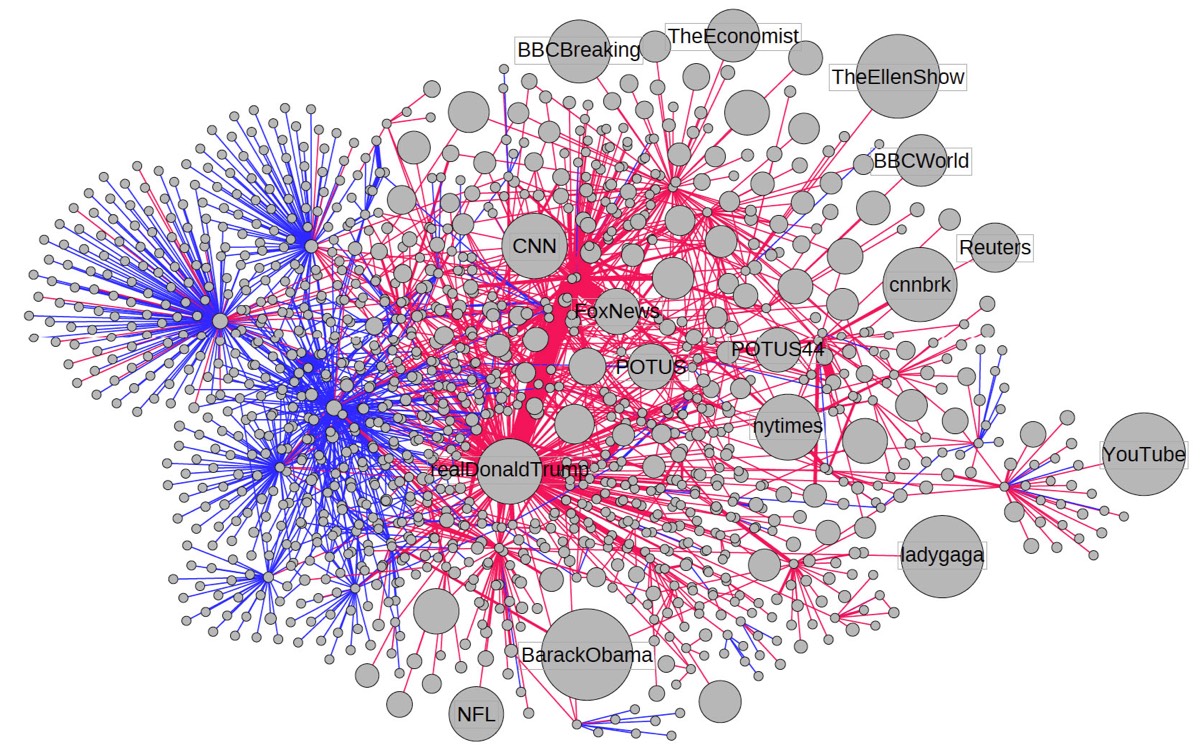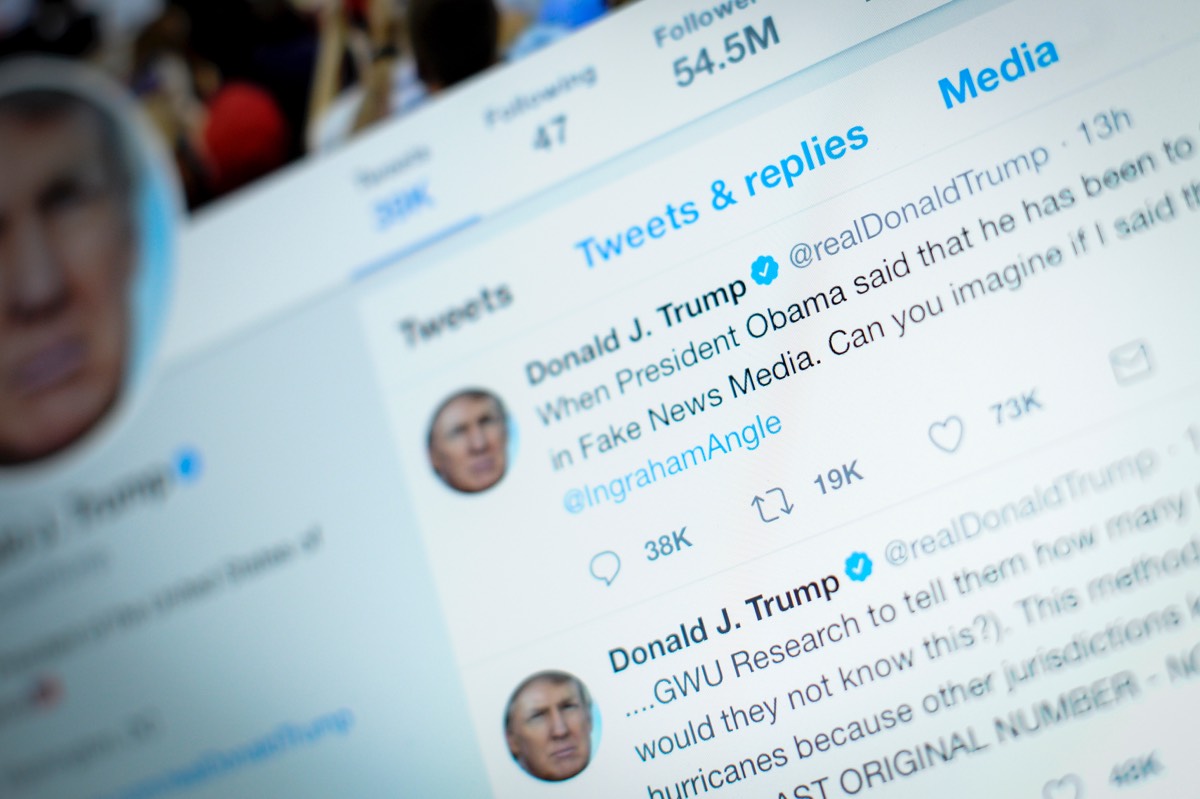Shortly after the 2016 election, newly elected President Donald Trump—peeved at losing the popular vote to Democratic opponent Hillary Clinton—falsely claimed he would have won the popular vote if not for the supposed votes of 3 million illegal immigrants. The lie spread rapidly across social media—far faster than factual attempts to debunk it. And Twitter bots played a disproportionate role in spreading that false information.
That's according to a new study by researchers at Indiana University, published in Nature Communications. They examined 14 million messages shared on Twitter between May 2016 and May 2017, spanning the presidential primaries and Trump's inauguration. And they found it took just six percent of Twitter accounts identified as bots to spread 31 percent of what they term "low-credibility" information on the social network. The bots managed this feat in just two to 10 seconds, thanks in large part to automated amplification.
“People tend to put greater trust in messages that appear to originate from many people.”
Why are bots so effective at spreading false information? Study co-author Filippo Menczer attributes their success to so-called "social bias": the human tendency to pay more attention to things that seem to be popular. Bots can create the appearance of popularity or that a certain opinion is more widely held than it actually is. "People tend to put greater trust in messages that appear to originate from many people," said Menczer's co-author, Giovanni Luca Ciampaglia. "Bots prey upon this trust by making messages seem so popular that real people are tricked into spreading their messages for them."
Their findings are consistent with those of an earlier study, published by MIT researchers this past March in Science. Those researchers concluded that false stories travel "farther, faster, deeper, and more broadly than the truth in all categories of information." The MIT study was based on analysis of 126,000 stories tweeted by around 3 million people more than 4.5 million times, from 2007-2017. The result: a false story only needs roughly 10 hours to reach 1,500 users on Twitter, compared to 60 hours for a true story.
"No matter how you slice it, falsity wins out," said co-author Deb Roy, who runs MIT's Laboratory for Social Machines.
Roy and his colleagues also found that bots sped up the spread of both true and false news at equal rates. So he concluded that it's the human factor, more than bots, that is responsible for the spread of false news.



 Loading comments...
Loading comments...
